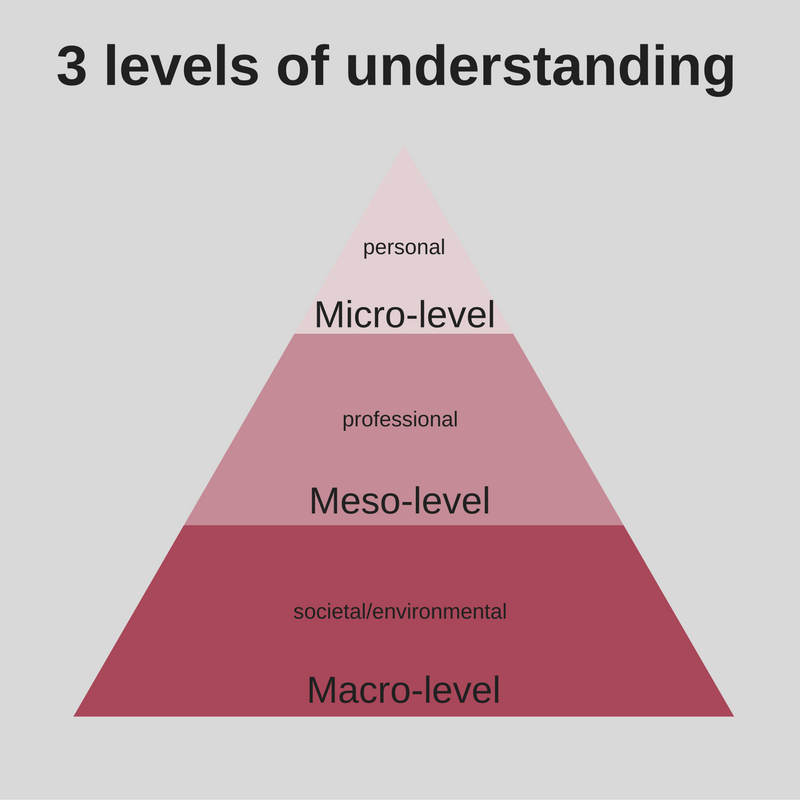Levels of Ethical Behaviors
Donaldson and Dunfee have argued that either adopting host countries’ ethical standards or exporting the values from the home countries to the host countries is equally problematic—photocopying values shows disrespect for local cultures. Therefore, they proposed a classification system to show different categories of global norms:
- Hypernorms: Norms which are accepted by all cultures and organizations.
- Consistent norms: Norms which are culturally specific, but consistent with hypernorms and other legitimate norms, such as organizational cultures.
- Moral free space: Norms which could be in tension with hypernorms, but are unique cultural beliefs.
- Illegitimate norms: Norms which are incompatible with hypernorms.
While public relations is commonly known for its unethical conduct, unethical behaviors should be understood at three levels: individual, organizational and national. “The question of ethical behaviour, from the level of the individual, through the totality of organizational manifestations to the level of national and international bodies, has become the number one issue on the global agenda.”
At the same time, the model of ethical responsibility should also be understood at three levels:
- The causation of negative effects through human or organizational actions
- The presence of subjective factors held by individuals, and
- The set of values attributed to society.
While what society expects of organizations could affect the ethical norms that organizations impose on individual employees, organizational structures could also prevent individuals from taking responsibility for unethical actions. This is especially the case when individuals’ actions are not attributed to their conscience but their perceptions of what is societally, professionally and organizationally accepted. As public relations practices transform to adapt to changes in economic, social, business and cultural conditions, the ethical values of the practice could also change that the work it does could change the complexity of the dynamics of interrelationships in the global context.
Tsetsura and Valentini produced a model which incorporated the significance of personal, professional and environmental values in affecting ethical judgements. They proposed a similar model of ethical judgement based on three levels:

- Micro-level: At the personal level, human values, including their preferable modes of behaviors and outcomes, would affect their views on how and what should be achieved through his or her behaviors.
- Meso-level: At the professional level, judgements could be affected by what guides their values in terms of what is seen as being accepted by the organizations and the professions they are in.
- Macro-level: At the societal/environmental level, one’s personal networks, including family, friends and community would affect the extent to which practices are considered ethical or unethical. And such predispositions could be reinforced over time. In particular, country-specific factors, including changing political, economic and socio-cultural conditions, could influence the way public relations is practiced.
.png)
Based on these assumptions, a model is proposed to show that an individual’s value system is made up of personal values, professional values and environmental values. At the same time, personal factors, including education, experiences, gender and background, and country-specific factors, including political system, economic system, and social-cultural system, are the external factors which could affect the values. There could be variations from one individual to another as individuals emphasize values from one level more than another.
Next Page: Conclusion